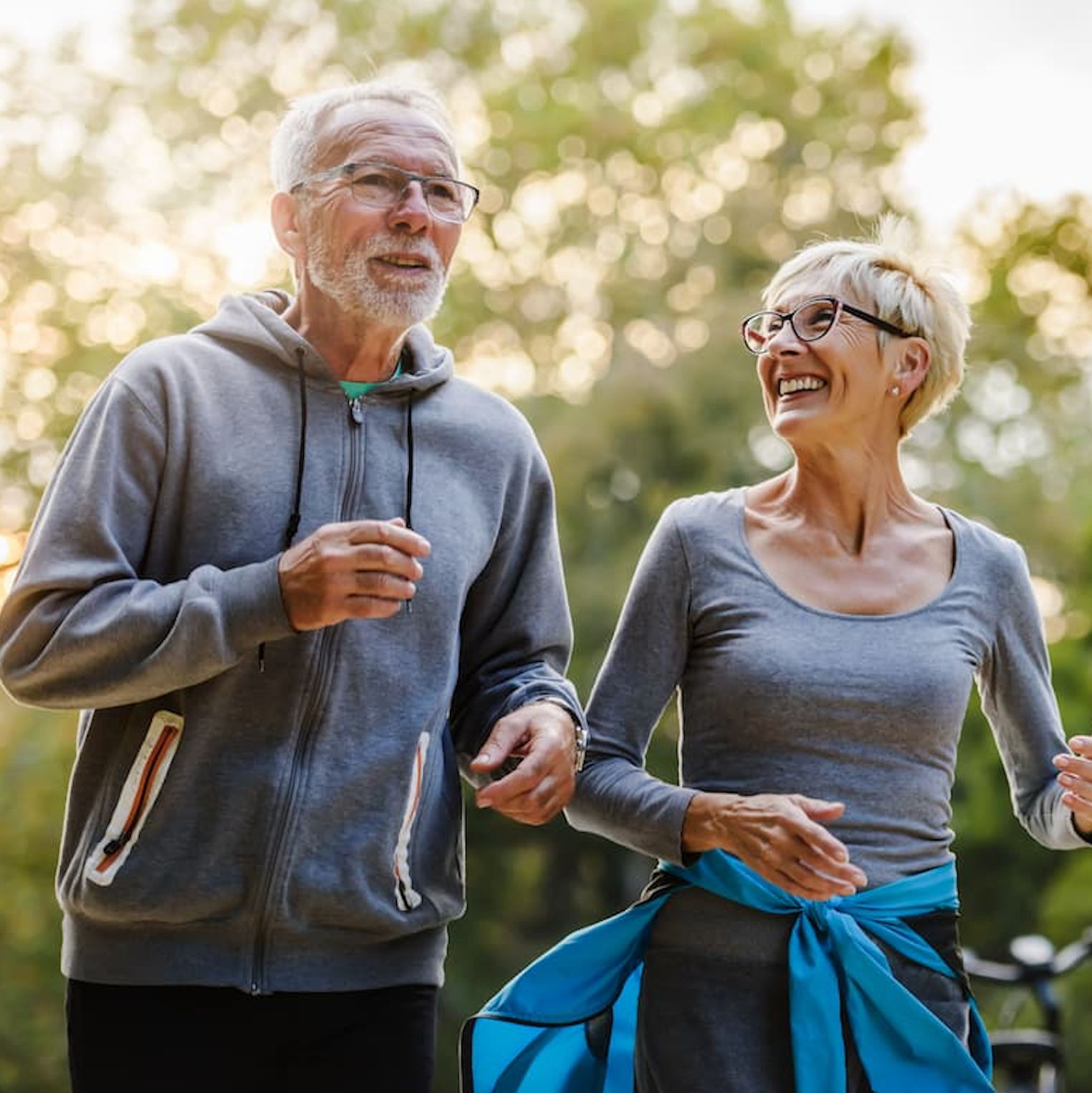Small Foot Angle Change, Big Knee Relief
A yearlong study shows that personalized gait changes not only reduce pain but also lessen cartilage damage in people with mild to moderate knee osteoarthritis.
By
Lana Pine
| Published on August 15, 2025
4 min read
Credit: Adobe Stock/lordn

Researchers at Stanford University have found that adjusting the way you place your feet when you walk may ease pain and reduce stress on the knee for people with medial compartment knee osteoarthritis, a common condition that affects 21% of people over the age of 40 and is the leading cause of disability in adults.
“We’ve known that for people with osteoarthritis, higher loads in their knee accelerate progression, and that changing the foot angle can reduce knee load,” said co-lead investigator Scott Uhlrich, Ph.D., an assistant professor of mechanical engineering at John and Marcia Price College of Engineering. “So the idea of a biomechanical intervention is not new, but there have not been randomized, placebo-controlled studies to show that they’re effective.”
In this study, participants with mild to moderate knee osteoarthritis were taught to slightly change their foot progression angle — pointing their toes a little in or out — in a way that was personalized to each person. The goal was to find the angle that most reduced pressure on the knee joint. Half of the group (34 participants) practiced walking with this new personalized angle, while the other half (sham group) walked with their normal foot position. Both groups attended six walking retraining sessions in a lab and were followed for one year.
“Previous trials prescribed the same intervention to all individuals, resulting in some individuals not reducing, or even increasing, their joint loading,” Uhlrich noted. “We used a personalized approach to selecting each individual’s new walking pattern, which improved how much individuals could offload their knee and likely contributed to the positive effect on pain and cartilage that we saw.”
After 12 months, the group who changed their foot angle saw clear benefits compared with the control group:
- Less pain: People in the intervention group had greater knee pain reductions than the sham group.
- Less joint stress: The intervention group had lower knee loading (pressure on the joint) when walking.
- Possible joint protection: MRI scans suggested the intervention group had less cartilage deterioration in the inner part of the knee.
Importantly, there were no serious side effects. A few people in both groups experienced more knee pain and stopped participating, but overall, the approach appeared safe.
The results suggest that a personalized change in walking style could be a promising, nonsurgical way to:
- Relieve knee pain
- Reduce harmful joint stress
- Potentially slow the progression of osteoarthritis
However, this method is not one-size-fits-all. It requires proper assessment and guidance from a trained professional to ensure the angle adjustment works for each patient’s specific knee structure and symptoms.
While this research shows promising results, investigators mentioned a few things to keep in mind. The team who worked with participants knew which group they were in. This might have influenced some results, although most other tests — done by people who didn’t know group assignments — also showed benefits. Also, the study required many in-person lab visits, which made it harder to recruit enough participants and led to some dropouts, especially during COVID-19. Lastly, people with severe obesity or very advanced knee osteoarthritis were not included, so results may not apply to them.
Even with these challenges, the improvements in pain and knee function were consistent across different types of analysis, suggesting the results are reliable for people similar to those in the study.
“Especially for people in their 30s, 40s or 50s, osteoarthritis could mean decades of pain management before they’re recommended for a joint replacement,” Uhrlich said. “This intervention could help fill that large treatment gap.”

